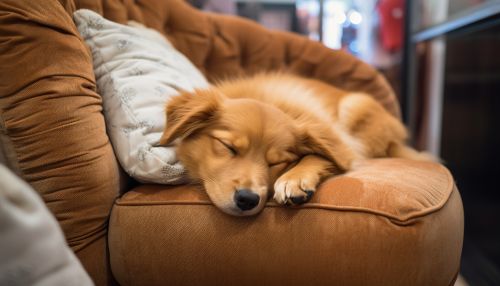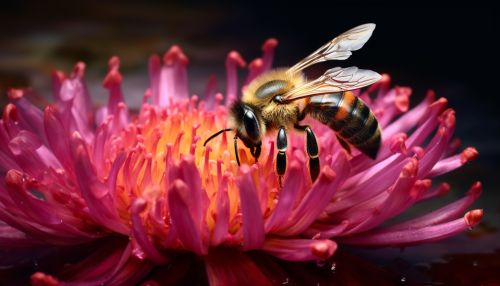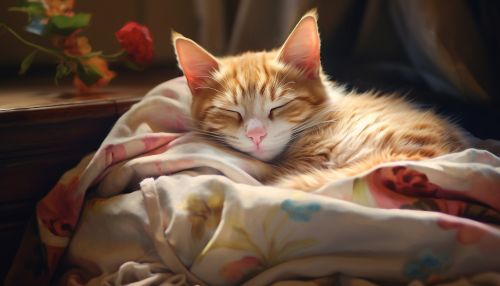Sleep in Animals
Introduction
Sleep is a naturally recurring state of mind and body, characterized by altered consciousness, relatively inhibited sensory activity, reduced muscle activity and inhibition of nearly all voluntary muscles during rapid eye movement (REM) sleep, and reduced interactions with surroundings read more. It is distinguished from wakefulness by a decreased ability to react to stimuli, but more reactive than a coma or disorders of consciousness, with sleep displaying very different and active brain patterns read more. Sleep in animals is a complex and diverse phenomenon, with a wide variety of sleep patterns observed across different species read more. This article aims to provide a comprehensive overview of sleep in animals, exploring its various aspects and intricacies.
Evolution of Sleep in Animals
The evolutionary origins of sleep are not fully understood, but it is believed to have evolved as an adaptive behavior that provides several benefits to animals read more. The primary theories suggest that sleep evolved to conserve energy, to restore and repair the body, and to process information and consolidate memories read more.


Sleep Patterns in Different Animal Species
Different animal species exhibit diverse sleep patterns, which are influenced by various factors such as their ecological niche, predator-prey relationships, and environmental conditions read more.
Mammals
Most mammals, including humans, exhibit a biphasic sleep pattern, with periods of wakefulness interspersed with two distinct sleep phases: REM sleep and non-REM sleep read more. Non-REM sleep is further divided into stages, each characterized by different brain wave patterns and physiological responses read more.


Birds
Birds also exhibit REM and non-REM sleep, but their sleep patterns are more complex and varied than those of mammals. Some birds, such as migratory birds, can sleep while flying, a phenomenon known as unihemispheric slow-wave sleep read more.


Fish
Fish do not have eyelids and thus cannot close their eyes, which has led to some debate about whether they sleep. However, many fish species exhibit periods of rest and reduced activity, which are considered equivalent to sleep read more.


Insects
Insects also exhibit sleep-like states, characterized by periods of inactivity, reduced responsiveness to stimuli, and a homeostatic response to sleep deprivation read more.


Sleep Disorders in Animals
Just like humans, animals can also suffer from a range of sleep disorders, including insomnia, sleep apnea, and narcolepsy read more. These disorders can have significant impacts on an animal's health and well-being, and in some cases, can be indicative of underlying health problems.


Conclusion
Sleep in animals is a fascinating and complex phenomenon, with a wide variety of sleep patterns observed across different species. Understanding these patterns and their underlying mechanisms can provide valuable insights into the nature of sleep itself, as well as its evolutionary origins and adaptive significance.
